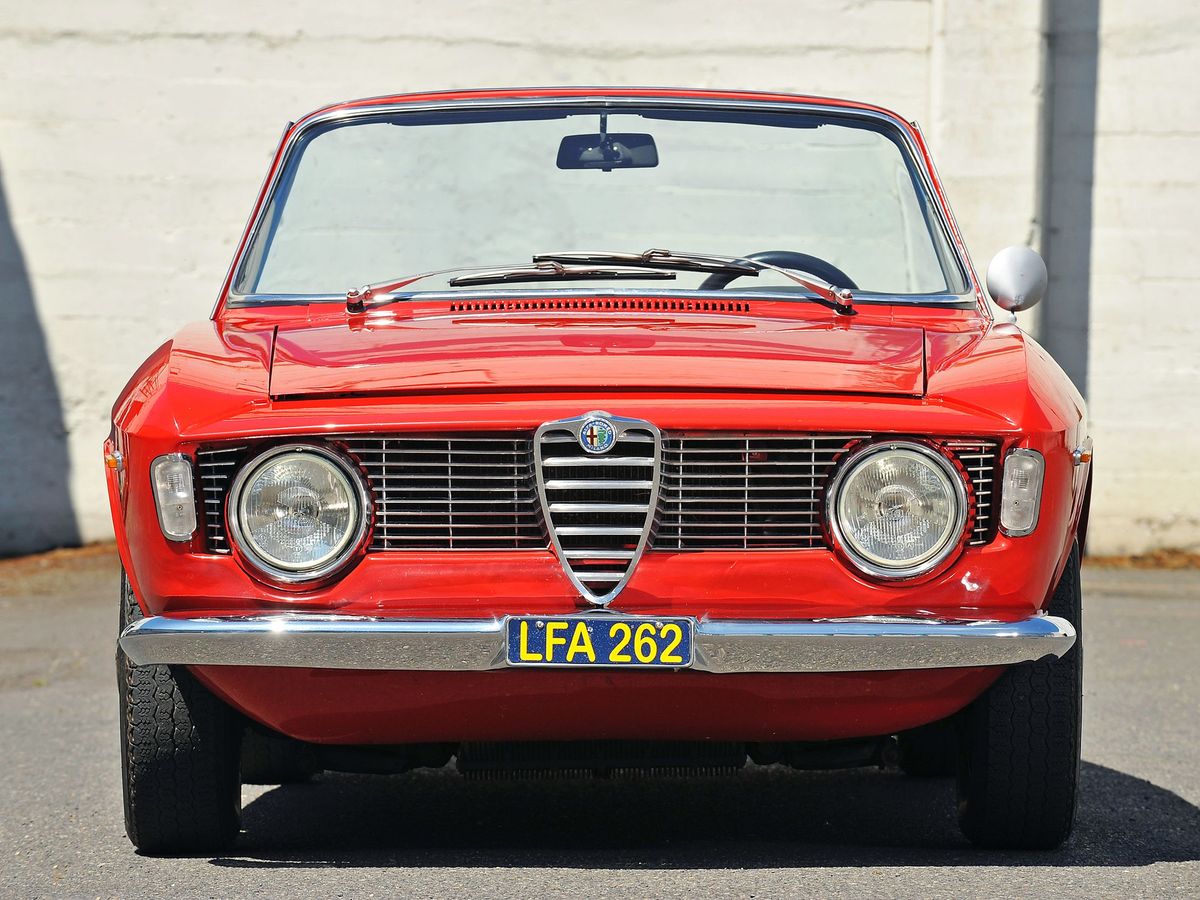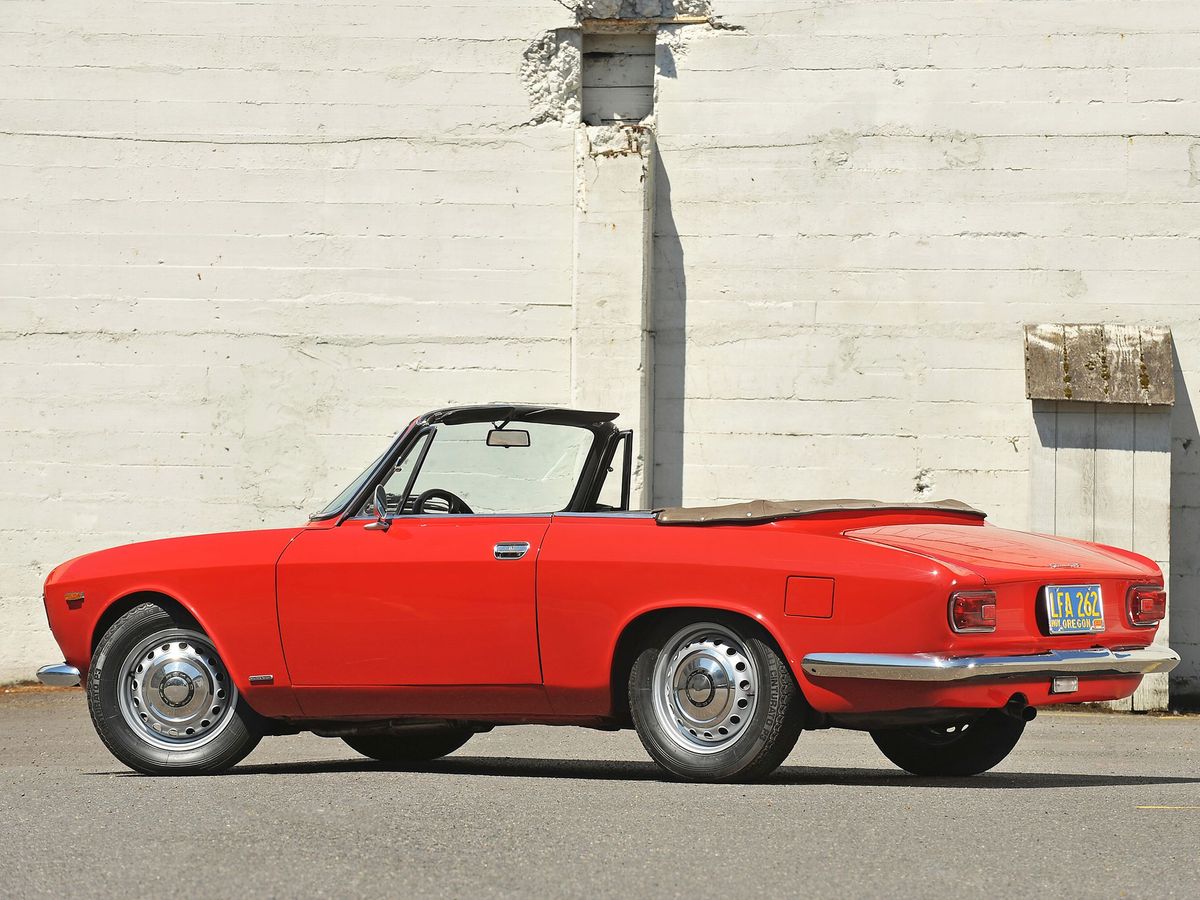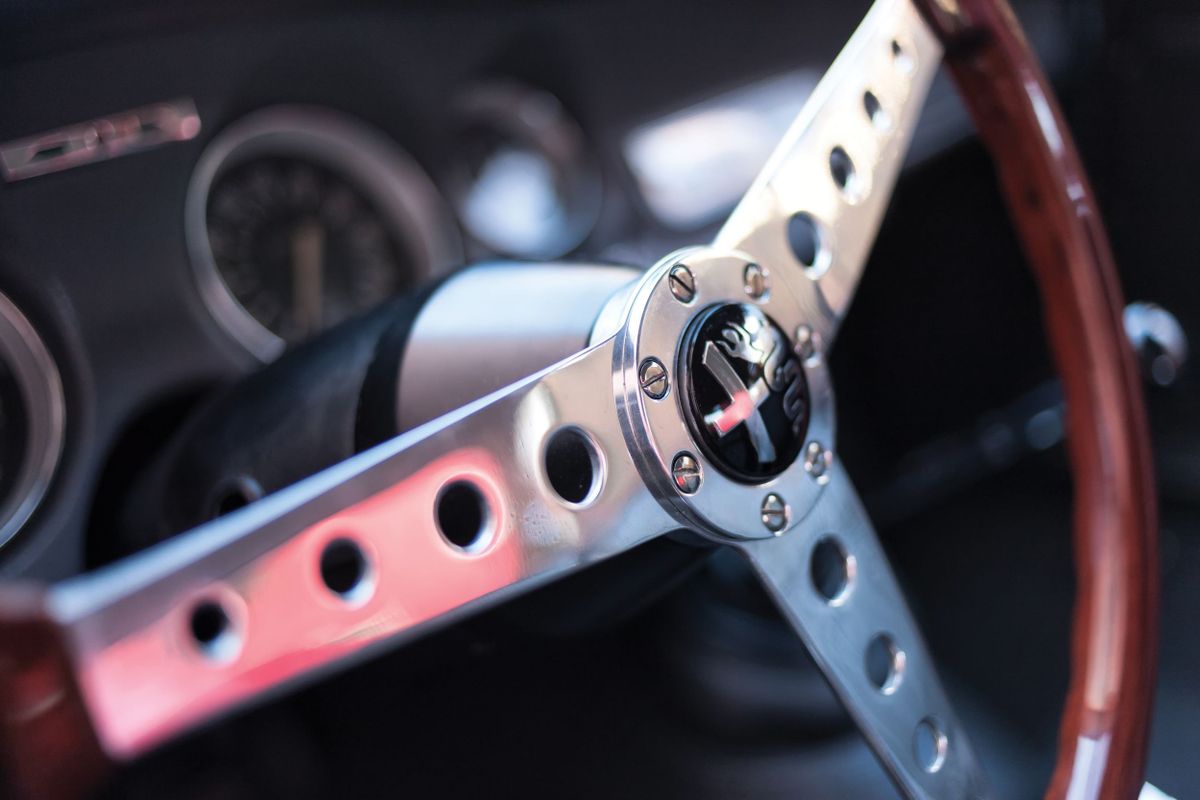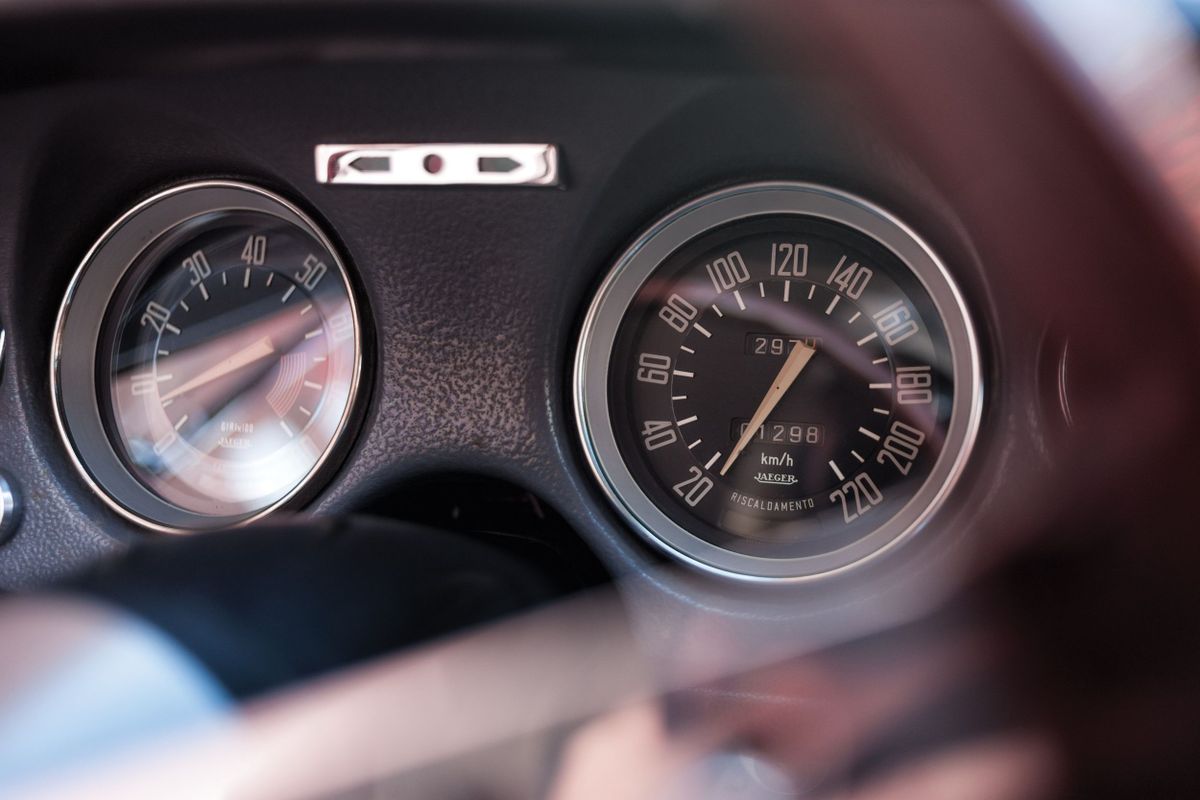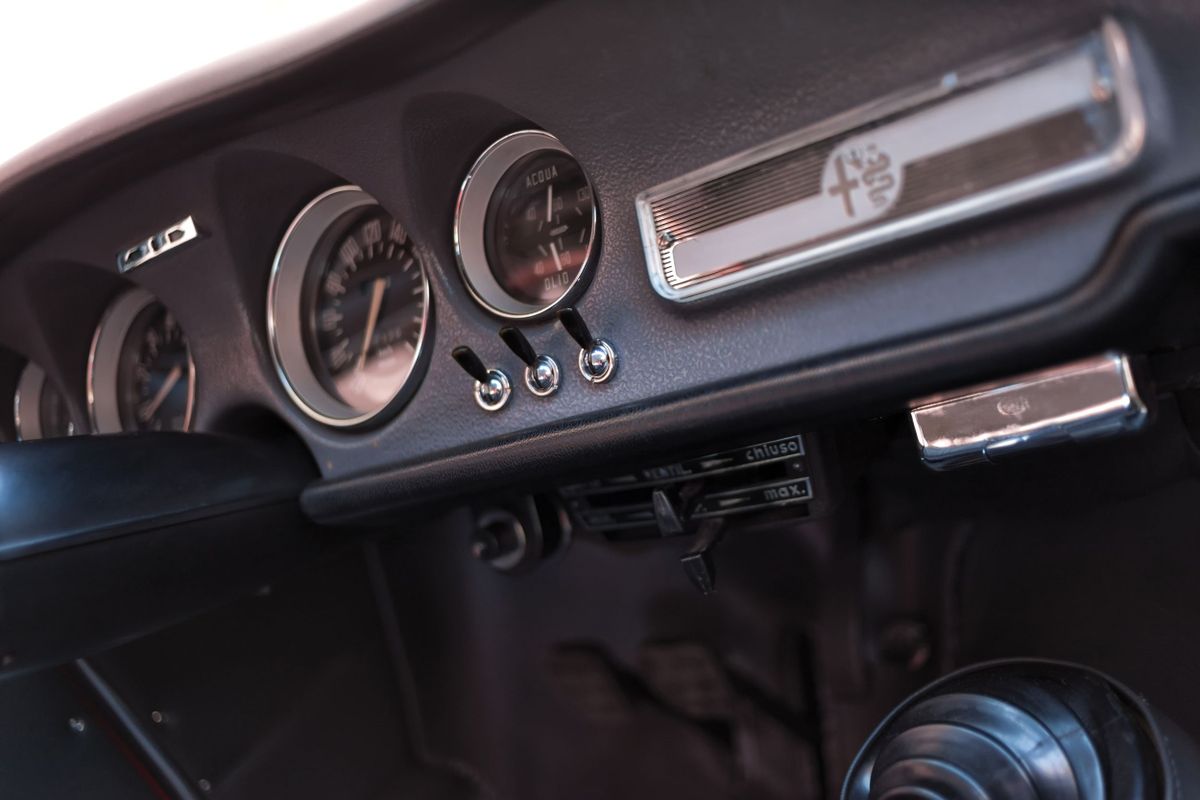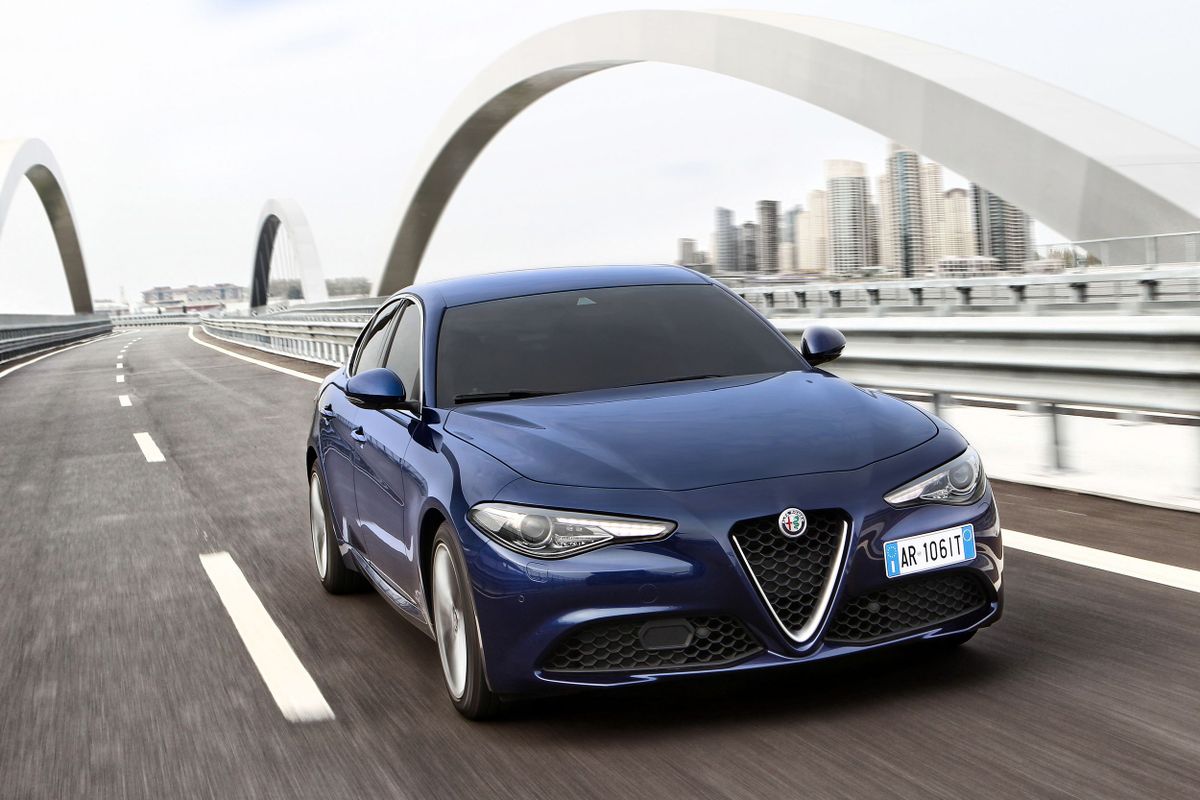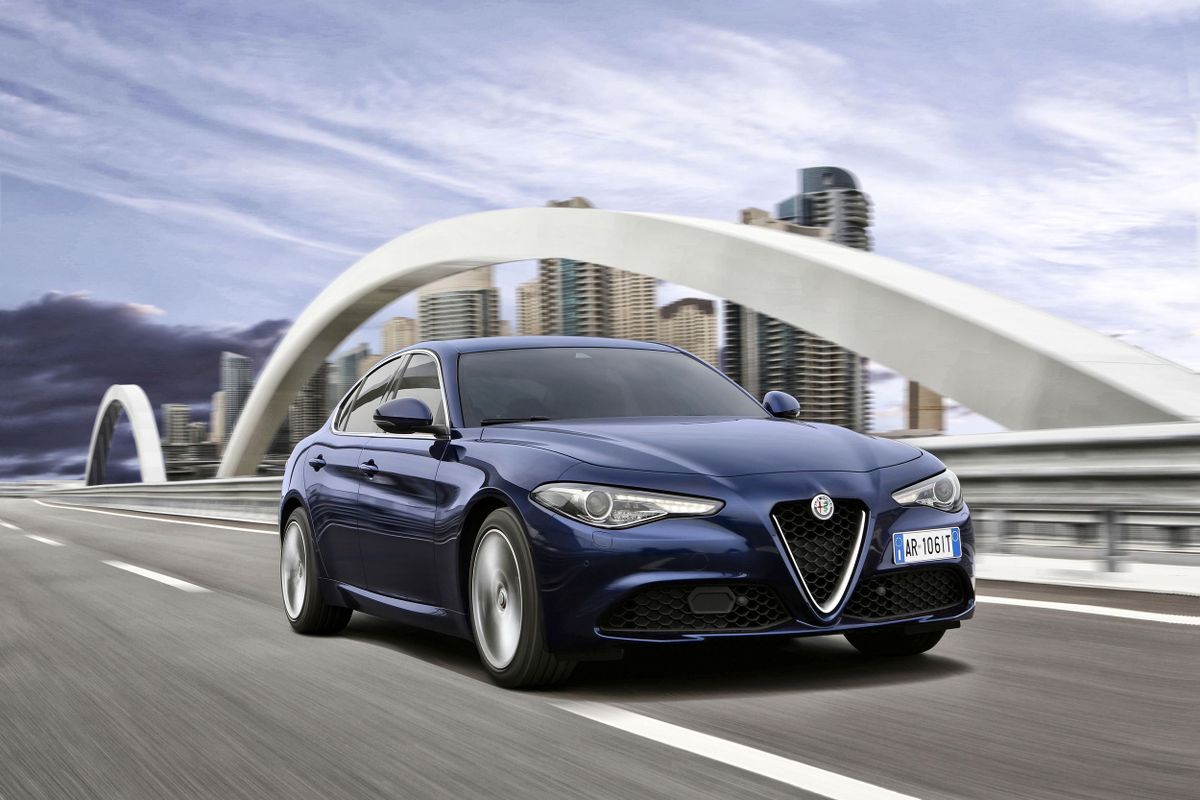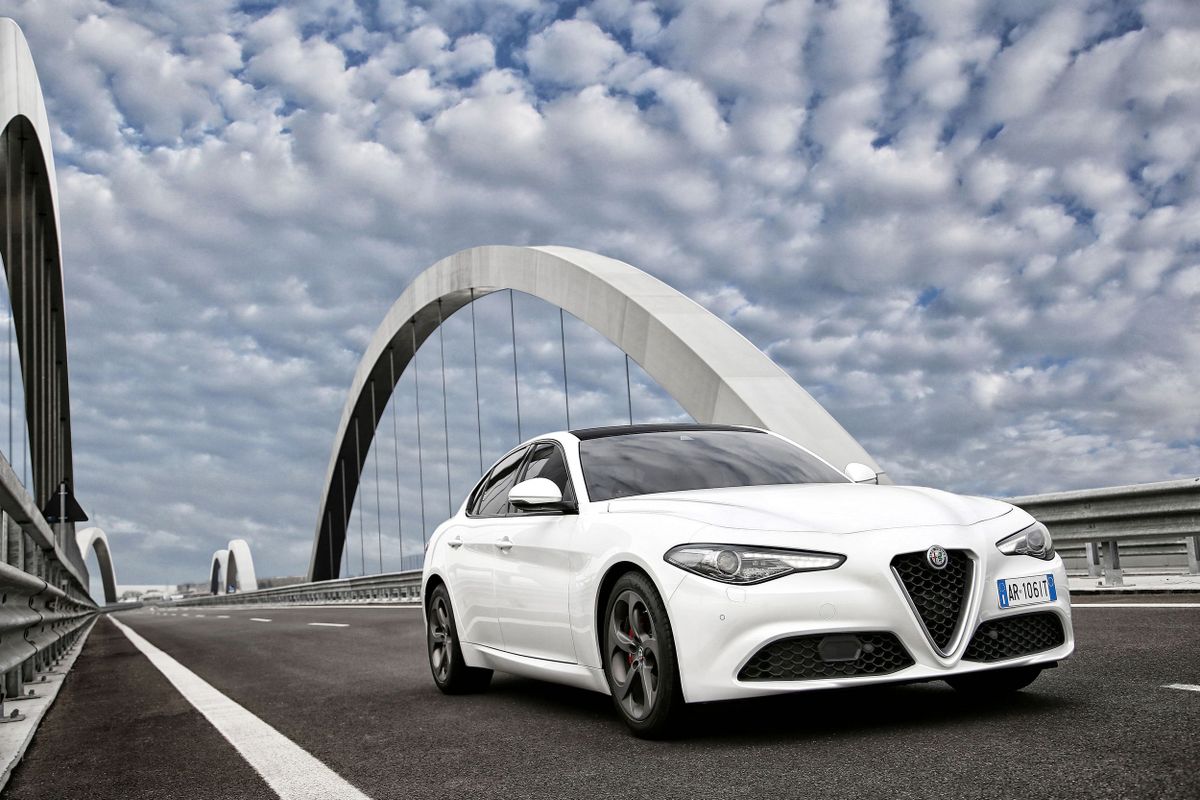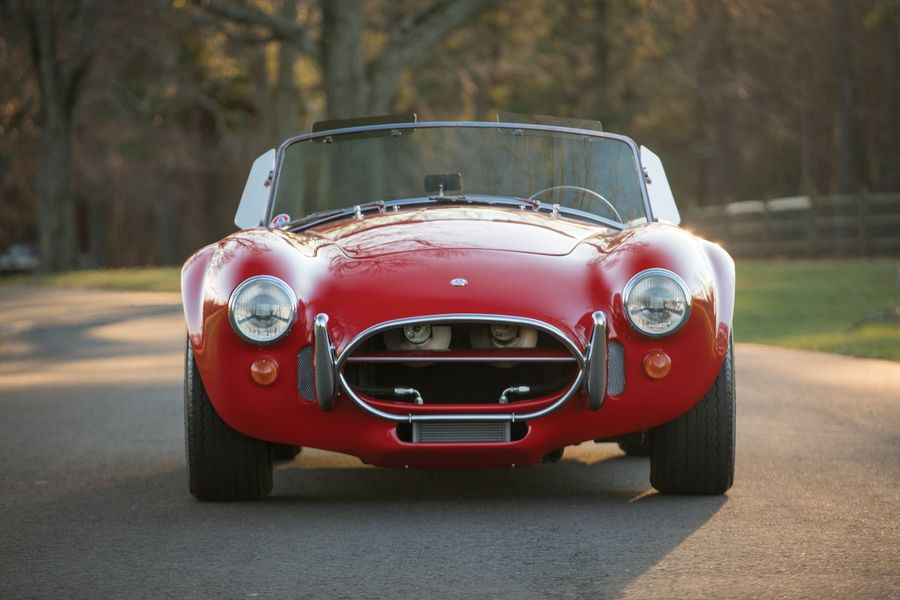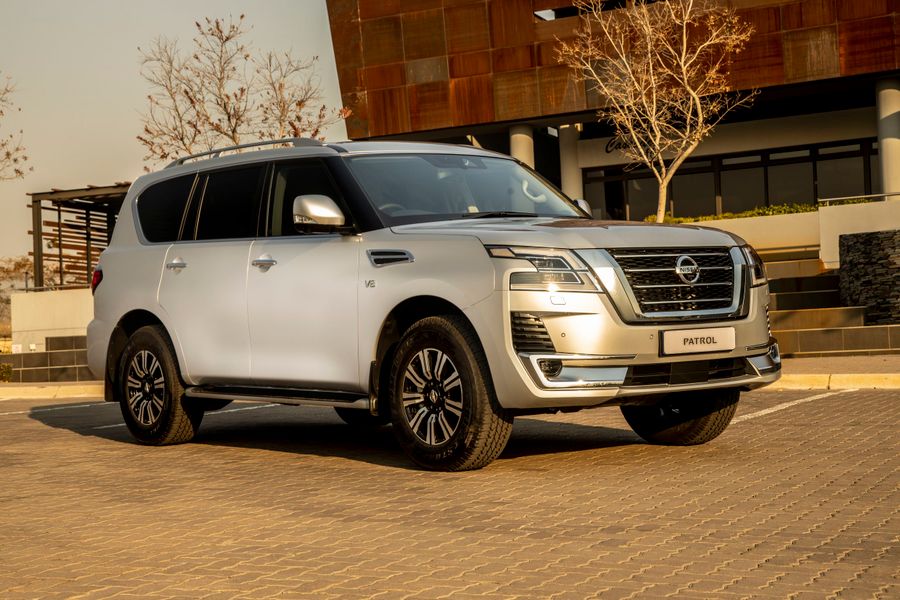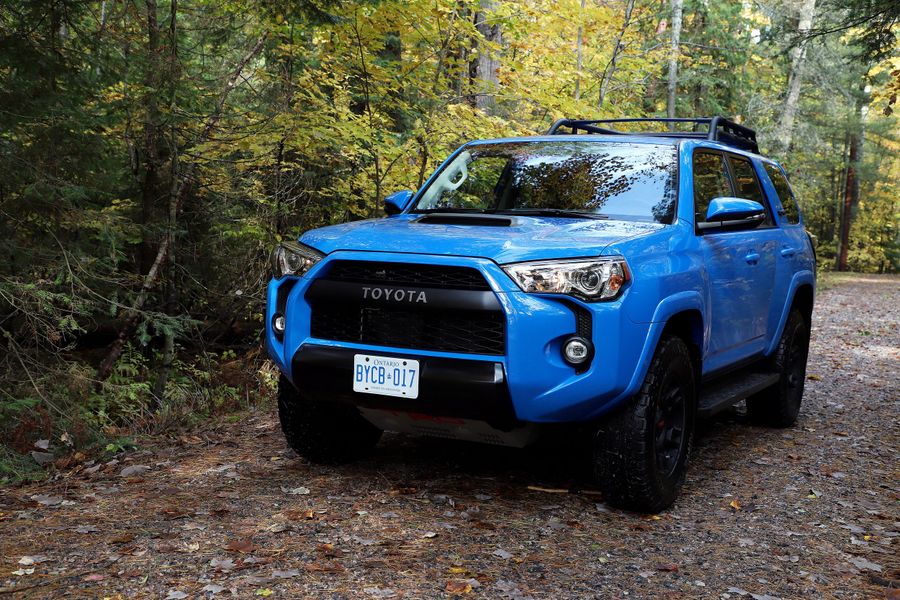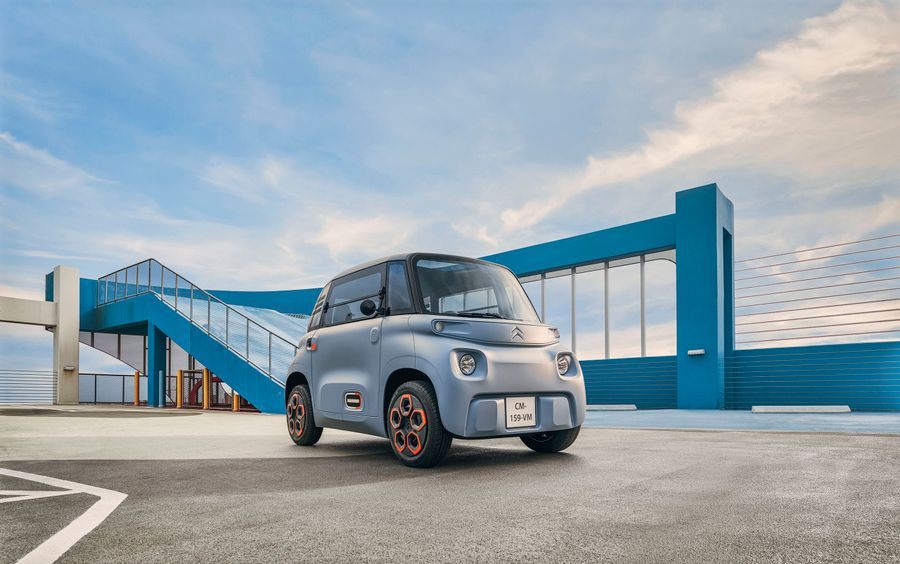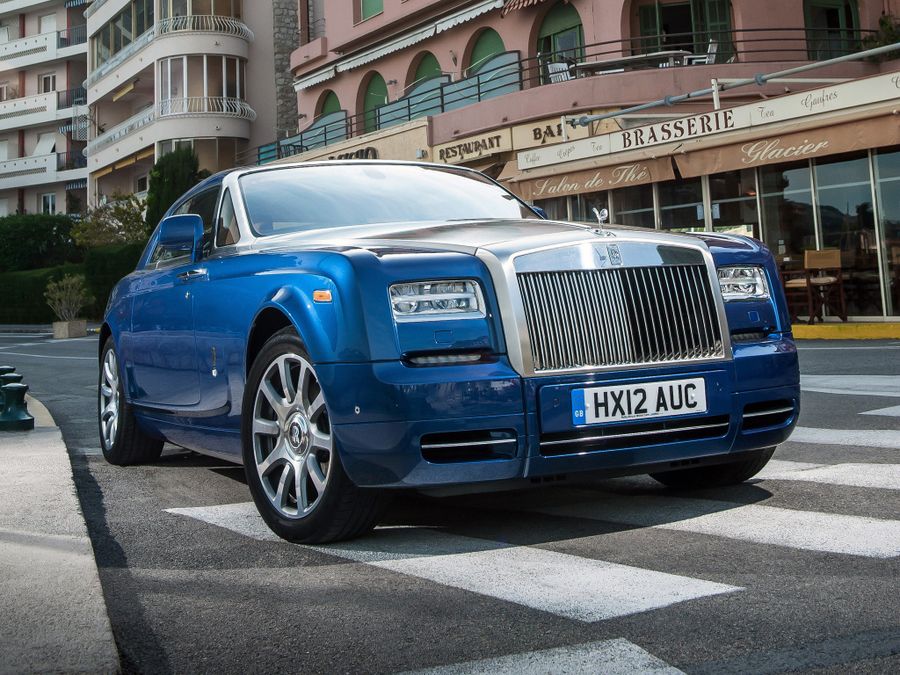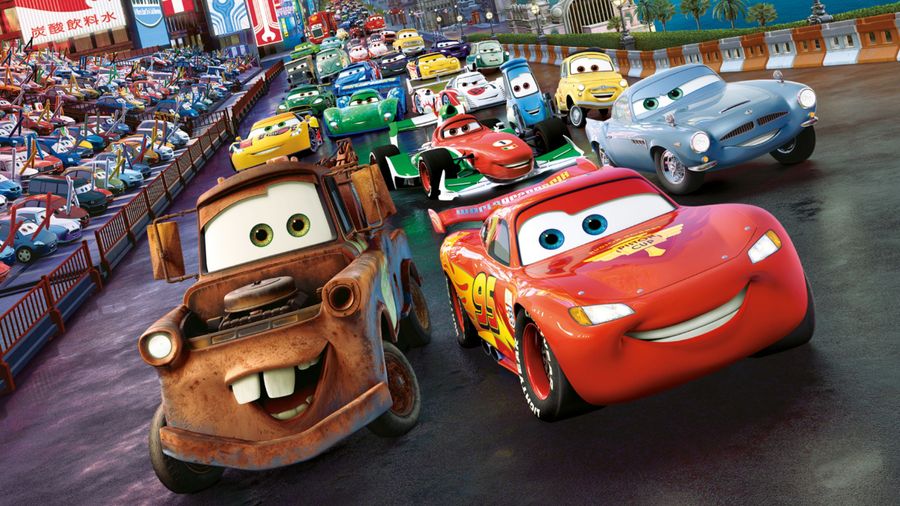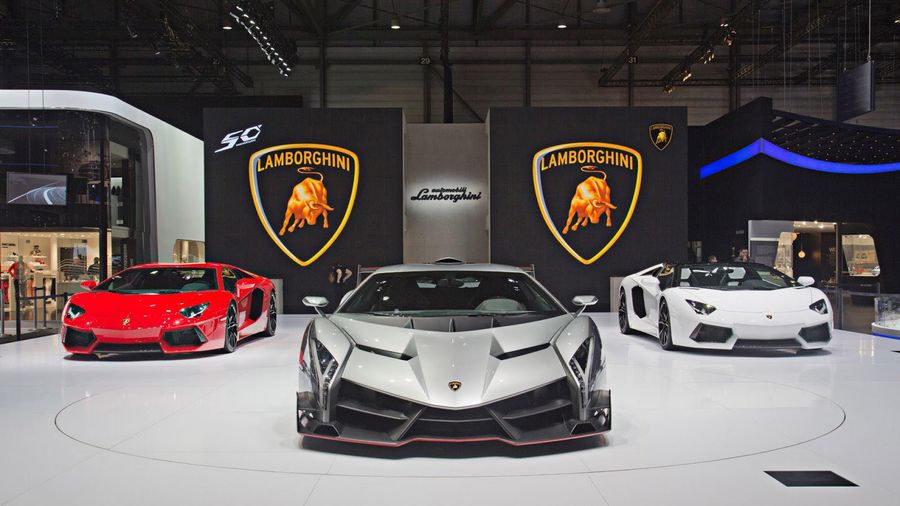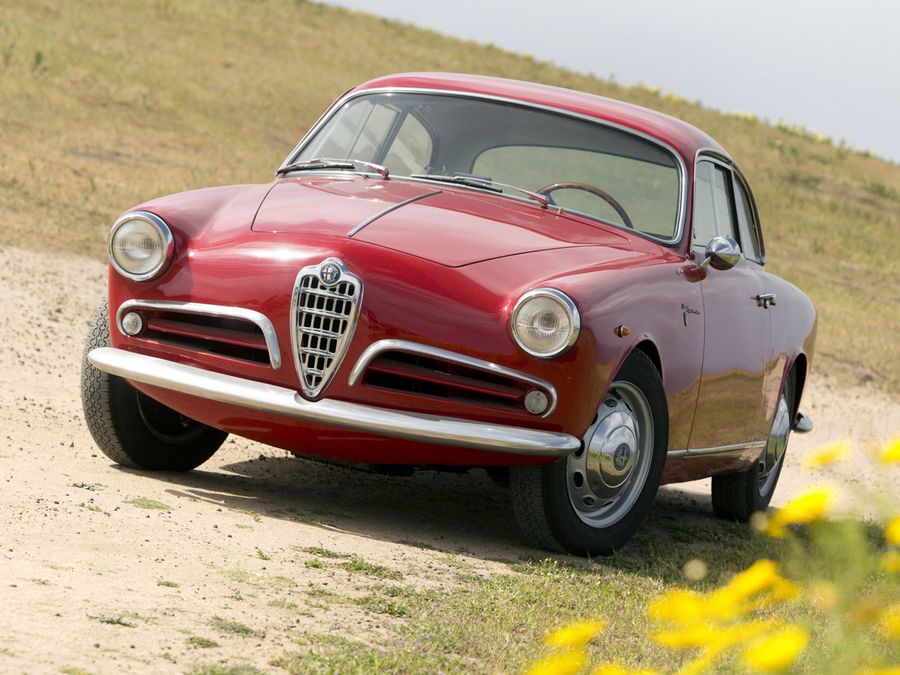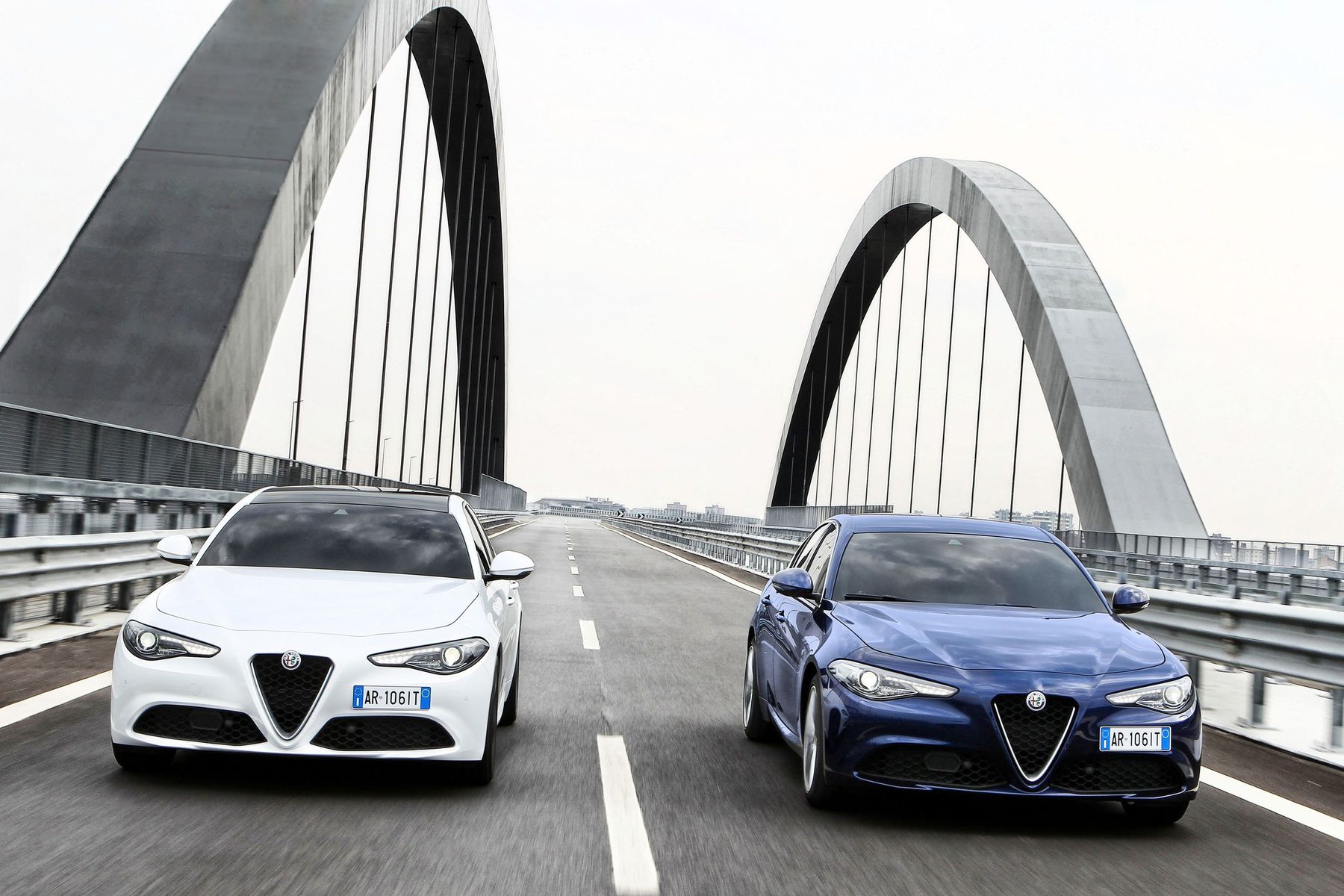
Alfa Romeo Giulia. New style of old classics
In 2019, the sedan was restyled, acquiring new interior and options. In 2020, the sports version was upgraded.
The Alfa Romeo Giulia is a prestigious compact D-class car produced by Alfa Romeo (Italy) since 1962. The modern model, first presented in June 2015, for the company’s 105th anniversary, could be bought since 2016. In 2020, Israeli buyers could purchase the second generation sedan.
The history of this car began in 1962 at the Autodromo Nazionale di Monza, a legendary race track near the city of Monza, in Italy. The Alfa Romeo Giulia is the first generation of the Giulia, also known as the 105 series. Just like the Giulietta series, the first Giulia had various bodies, including the four-door ‘Berlina’, ‘Spider’, ‘TZ’, ‘Sprint’ and ‘Sprint Speciale’. The current generation of the model, produced since 2016, has a front-engine, rear-wheel drive layout.
The first generation
It was produced from 1962 to 1978. Nowadays, this is a vintage model, extremely popular with the collectors. Like its predecessor Giulietta, the Giulia had numerous bodies and trim levels. Its success was due to affordability, versatility and style. The very first Giulia was equipped with a 1,570 cc 4-cylinder engine with hemispherical combustion chambers, producing more than 90 hp, which made it possible to reach speeds of up to 165 km/h. The five-speed manual transmission was controlled by a lever on the steering column. In 1963, the car acquired standard disc brakes on all four wheels. In 1965, the manufacturer presented the Giulia Super equipped with a 98-hp engine.
The Giulia Spider, Sprint and Sprint Speciale versions were introduced together with the sedan in 1962. Basically, these were upgraded and re-branded models of the Giulietta 101 series, which were equipped with a 1.6-liter engine instead of a 1.3-liter one. The Giulia Spider differed from the Giulietta by a more convex hood due to the presence of a larger engine. The Giulia Sprint coupe was initially available with a 1.3-liter engine as the Sprint 1300, but was essentially the same Giulia Sprint with a different name. The production of all models was terminated in 1964. The Sprint Speciale was produced until 1966. The Giulia’s modification, Ti Super, equipped with a 103 hp engine, appeared in 1963. Only 501 models were made. Collectors are still trying to get their hands on this sedan. It was distinguished from the base model by a more powerful engine, the ability to choose a fuel tank of different sizes and additional interior and exterior details, which allowed the model to look sportier and bolder.
The modern Alfa Romeo Giulia was first presented in June 2015, for the company’s 105th anniversary
In 1966, the manufacturer released the Giulia 1300 Ti with a 1,290 cc engine producing 84 hp. Alfa’s Autodelta Sports Division developed the lightweight racing modifications: the GTA 1300 Junior, equipped with the engine developing almost 160 hp at 8,000 rpm, and the GTAm equipped with a 2.0 liter engine, that dominated the FIA European Touring Championship. In the very first race of 1966 in Monza, the Alfa Romeo team won the first seven places! This and the following seasons brought two consecutive championship titles to the legendary Andrea de Adamich. In 1969, the Alfa won another similar victory, and in 1970-71, it won in two categories at once!
The second generation
It has been produced from 2016 to the present (as of 2020). The first show took place in the summer at the manufacturer’s museum, in honor of the 105th anniversary of the company. The launch of the second Giulia was postponed several times. According to Alfa Romeo, the design of the car was changed many times on the orders of Fiat CEO Sergio Marchionne (for reference, in 1986, it was agreed that Alfa Romeo would join FIAT).
Exterior
The new 2018/2019 Alfa Romeo Giulia looks aggressive and modern, while maintaining the corporate identity. The front face of the car features a hood with massive recesses and embossed lines. The narrow LED headlights make the car look sportier. There is a signature triangular radiator grille with a chrome edging. Aside from looking good, the massive bumper ensures good aerodynamic performance. The bumper also has large air intakes to cool the engine compartment and brake discs. At the rear, the slightly rounded trunk lid features a carbon fiber spoiler. The taillights look stylish and formidable. The bumper attracts the most attention, as it is quite large and has a huge diffuser at the bottom. It houses 2 large exhaust pipes on each side. Everything looks great together! The 4-door 5-seater sedan has a front-engine, rear-wheel drive layout. By the way, the sedan’s wheelbase makes it one of the most spacious models in its class, which will make its owners very happy.
Motors and power
The new Alfa Romeo Giulia has acquired not only a completely new body and modern design, but also new powerful engines. In addition to the powerful twin-turbo V6 engine for the Quadrifoglio version, the engine range comprises inline 4-cylinder petrol and diesel engines. The Quadrifoglio version is powered by a turbocharged 2.9 liter direct injection aluminum V6 engine. The turbines develop pressures of up to 2 bar, allowing the engine to produce 503 hp and 600 Nm of torque. The cylinder deactivation system (with the option of switching off 3 of 6 cylinders) enables the car to consume only 8.5 liters per 100 kilometers in a combined cycle. The petrol engines have a volume of 1,995 cc and a power output of 197 or 276 hp and are equipped with the MultiAir system, which regulates valve timing and valve lift.
In 2016, the manufacturer introduced the Giulia AE (Advanced Efficiency) with a 2.2-liter diesel engine producing 178 hp and an 8-speed automatic transmission. In a combined cycle, the engine consumes 4.2 liters of fuel per 100 km, with carbon dioxide emissions of just 99 g/km. This result was achieved by applying a number of special technical solutions, for example, a low pressure EGR valve increasing engine efficiency, a water-air intercooler, a secondary engine cooling circuit in addition to the main one and specially selected gear ratios in the gearbox. The diesel engines of the 2019 models have been upgraded to comply with the Euro 6 standard through the introduction of AdBlue technology.


